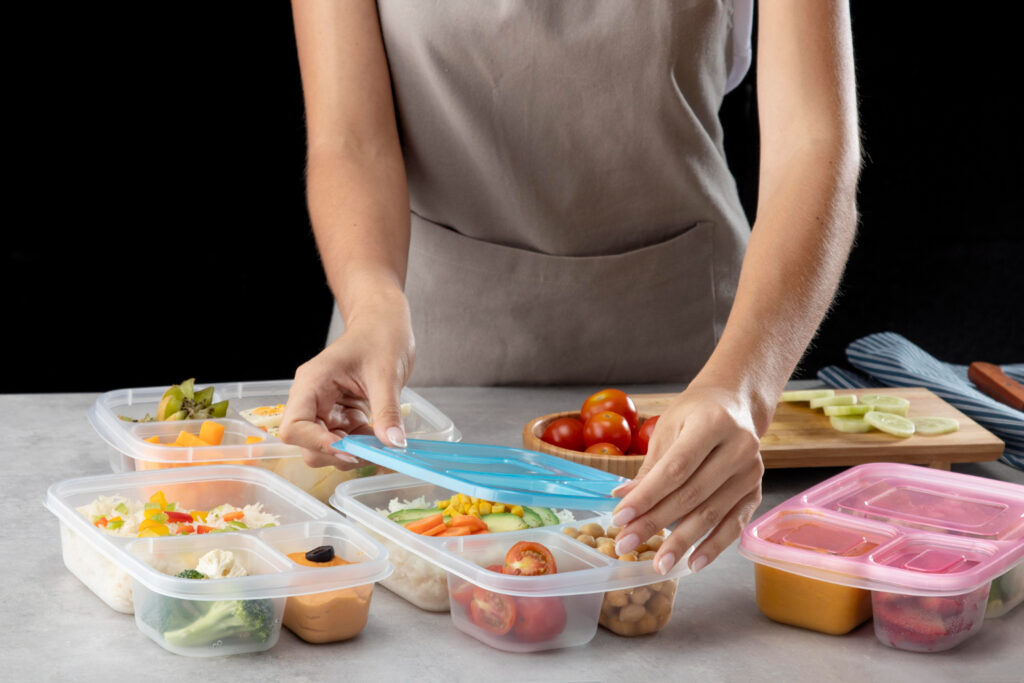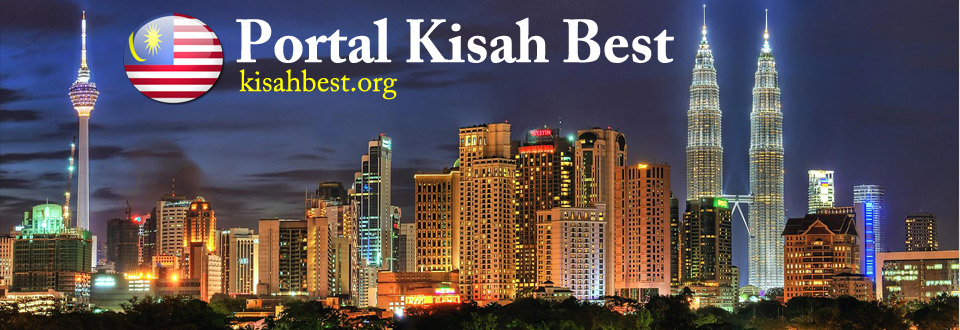Preserving Meals: The Power of Modified Atmosphere Packaging
June 15, 2023

In today’s fast-paced lifestyle, Malaysians often seek convenient meal options without compromising on taste or nutritional value. This has led to the rise of modified atmosphere packaging (MAP) as an effective method to preserve meals and extend their shelf life. This article explores the benefits, working mechanism, and importance of MAP in preserving meals, specifically tailored to the Malaysian context. Click tupperwarebrands.com.my to learn more.
What is Modified Atmosphere Packaging?
Modified Atmosphere Packaging (MAP) is a technique that involves modifying the composition of gases surrounding food products within a sealed package. The primary objective is to create an optimal gas mixture that slows down the food’s deterioration process, thereby extending its freshness and shelf life. By replacing the ambient air inside the package with specific gas ratios, MAP can help maintain the quality, appearance, and taste of meals over an extended period.
How Does Modified Atmosphere Packaging Work?
MAP involves carefully selecting the gases used within the packaging to create an optimal environment for food preservation. The most commonly used gases are carbon dioxide (CO2), nitrogen (N2), and oxygen (O2). Each gas serves a specific purpose:
- Carbon Dioxide (CO2): This gas helps inhibit microbial growth and enzymatic reactions, reducing the spoilage of meals.
- Nitrogen (N2): Nitrogen is an inert gas that displaces oxygen, thus minimizing oxidation and spoilage.
- Oxygen (O2): Although oxygen can lead to food degradation, it is necessary in limited amounts to preserve the desired color and texture of certain meals.
By manipulating the gas composition inside the packaging, MAP helps create an optimal atmosphere that retards the growth of bacteria, fungi, and other microorganisms responsible for food spoilage.

The Advantages of Modified Atmosphere Packaging
- Extended Shelf Life: MAP significantly extends the shelf life of meals, reducing food waste and providing consumers with longer-lasting, high-quality products.
- Preserved Nutritional Value: MAP helps retain the nutritional content of meals by minimizing nutrient degradation caused by oxygen exposure.
- Improved Food Safety: By inhibiting microbial growth, MAP reduces the risk of foodborne illnesses, ensuring safer meals for consumers.
- Enhanced Visual Appeal: The controlled atmosphere within MAP helps maintain the color, texture, and appearance of meals, making them more visually appealing.
- Convenience: With longer shelf life, MAP allows Malaysians to purchase meals in larger quantities without worrying about immediate consumption, providing convenience in their busy lives.
Conclusion
Modified Atmosphere Packaging (MAP) plays a vital role in preserving meals by creating an optimal gas environment that retards food deterioration. Malaysians can benefit greatly from MAP’s advantages, such as extended shelf life, preserved nutritional value, improved food safety, enhanced visual appeal, and added convenience. By leveraging MAP technology, both consumers and food businesses in Malaysia can enjoy fresher, longer-lasting meals without compromising on taste or quality. As the demand for convenient and sustainable food options continues to rise, MAP stands as an innovative solution to ensure Malaysians have access to safe and delicious meals for longer periods.


